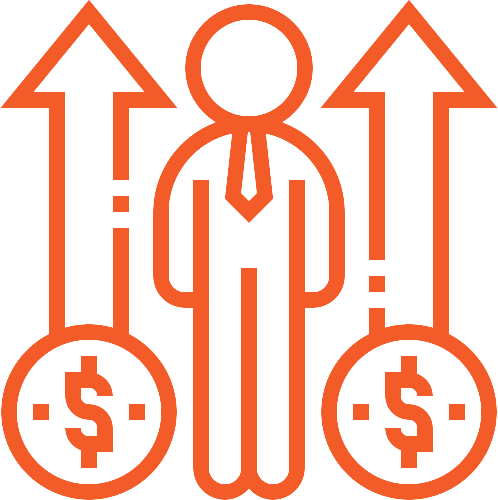
High-Income Individuals and Families
Take control of your financial future.
Create Financial Independence
Take control of your financial future. Download the road map and schedule a meeting with us.
Get The RoadmapWe turn your financial success into a comfortable and secure lifestyle.
We understand and appreciate how hard you’ve worked to achieve success and accumulate wealth. But there’s a difference between high income and high net worth. You need a financial partner who can translate your income into a comfortable and secure lifestyle. At Leading Edge Financial Planning, we help you gain control over your financial planning, investments and taxes.
Making and maintaining a high income means you face unique financial challenges, including:
- High tax obligations that gnaw away at your earnings
- A limited number of earning years
- Multiple financial priorities competing for your income
- A busy life that allows little time for financial planning
- The stress of unexpected situations that may derail your earning ability
A Tax-Efficient Portfolio to Help Maximize Your Net Worth
Did you know that if you earn more than $200,000 per year, taxes are likely your highest expense? If you’re not viewing every financial decision through a tax-efficient lens, you’re probably paying too much to Uncle Sam.
At Leading Edge Financial Planning, our in-house CPA helps identify tax savings opportunities across all of your accounts and investments, and we incorporate a variety of tax strategies into your customized financial plan. We also work with your personal accountant to help ensure these strategies are integrated into your annual tax return. Our process is as follows:

Step 1
We start by gaining an understanding of your current investments and their tax status. We identify which investments are considered tax preferred and which are subject to high tax rates.

Step 2
Based on your specific financial situation, we determine whether it makes sense to put more assets in tax-deferred accounts or keep assets in the taxable accounts. Tax-deferred accounts may include traditional IRAs, Roth IRAs, 529 plans and low-cost variable annuities.

Step 3
Our strategy is to minimize your tax obligations by putting tax-heavy assets into tax-deferred or tax-free accounts and tax-preferred assets into taxable accounts.

Step 4
We maximize the utilization of low-turnover strategies within taxable accounts. A mutual fund or ETF with a high turnover rate may provide a decent return, but that often comes with a high tax obligation. Passively managed index funds and EFTs can provide tax efficiencies in taxable accounts.

Step 5
Next, we consider tax-preferred investments such as master limited partnerships, municipal bonds and rental real estate, which can help offset investment income and provide a tax depreciation shield.

Step 6
We incorporate charitable giving strategies to maximize both your deduction and the amount received by the charity.